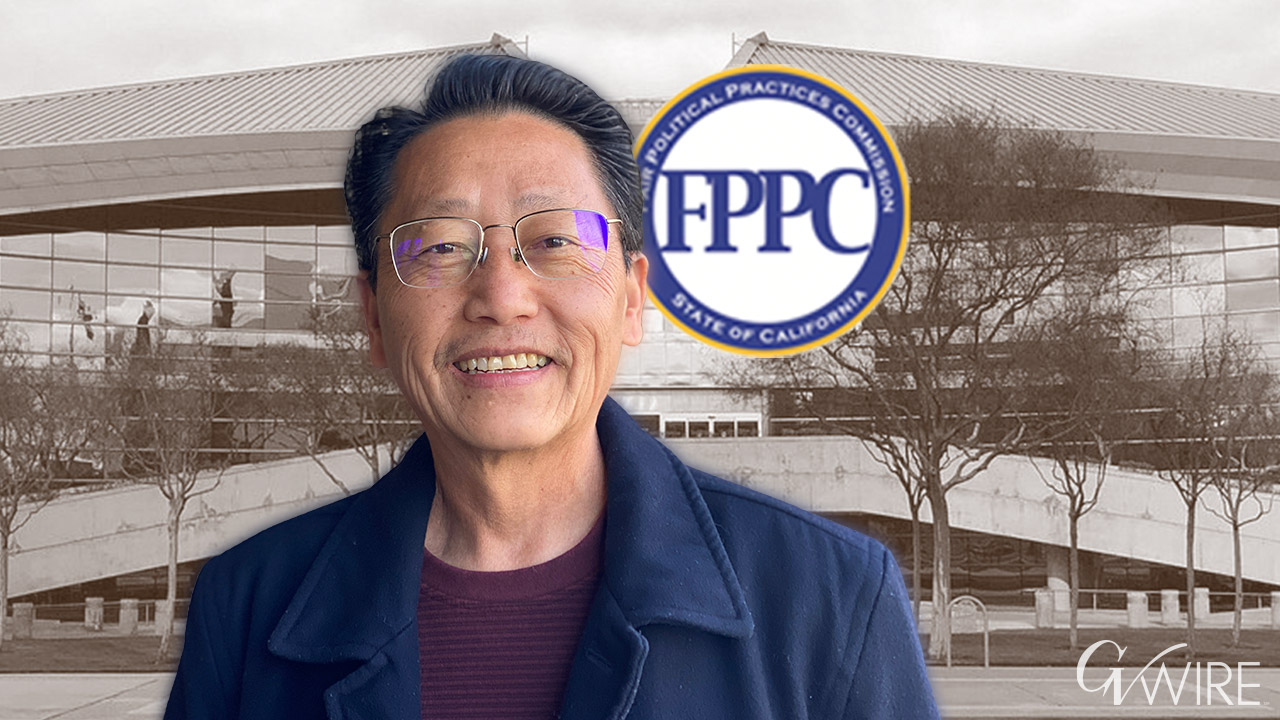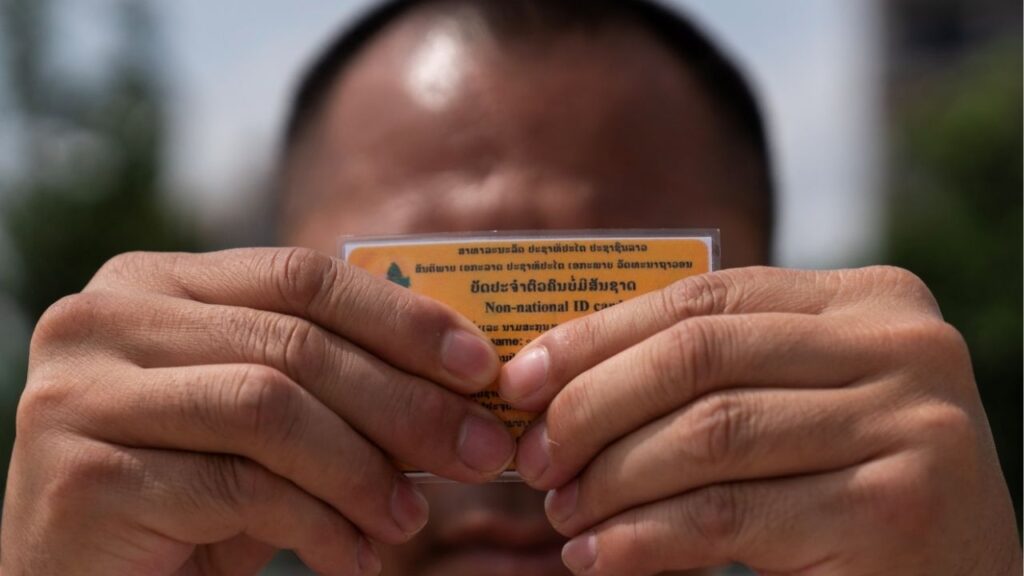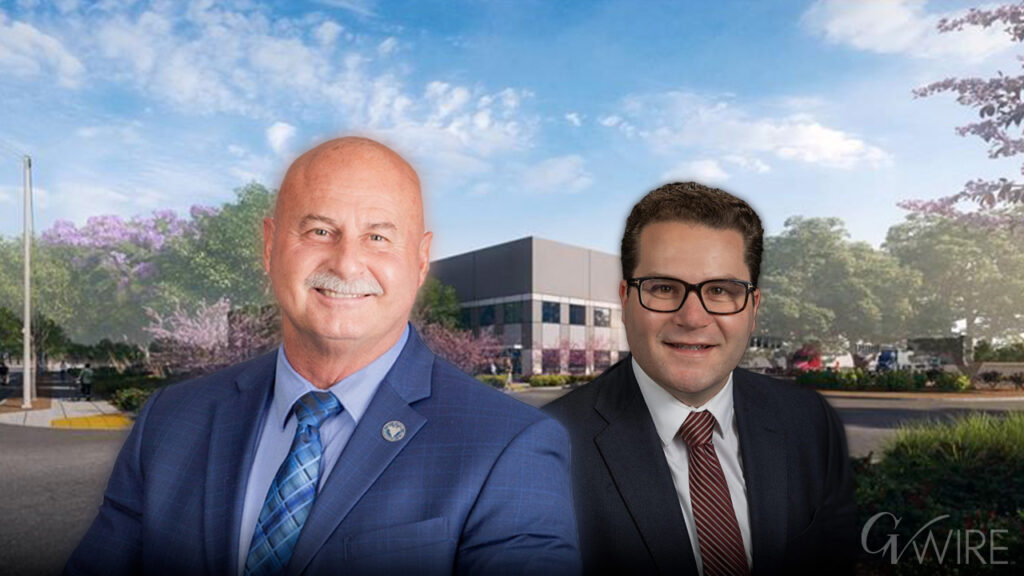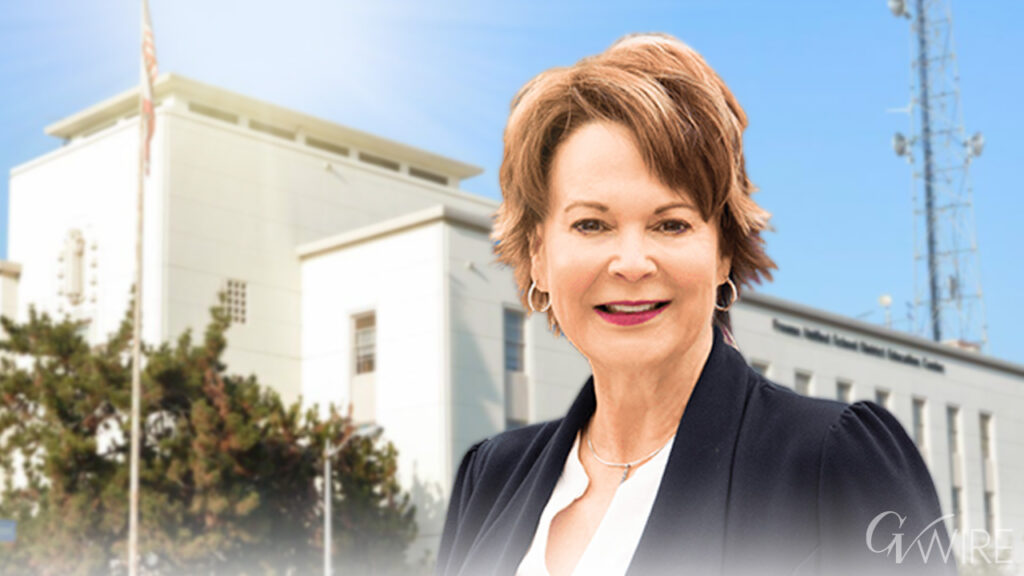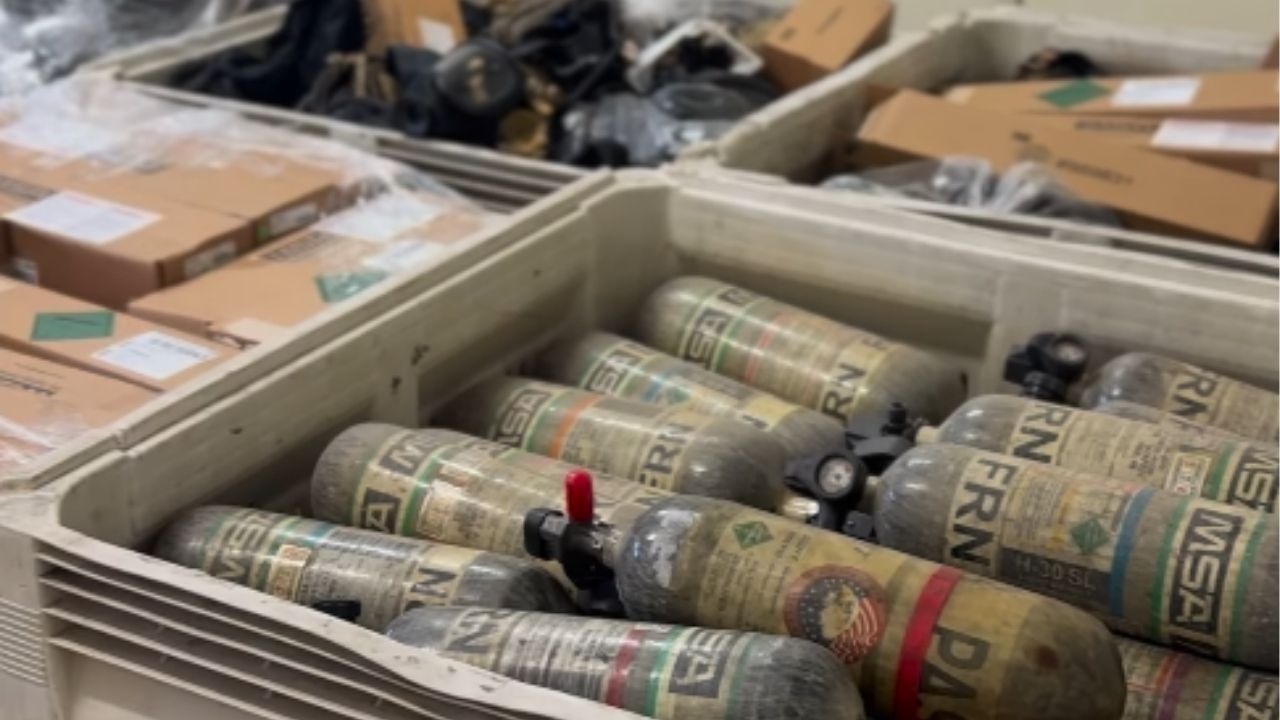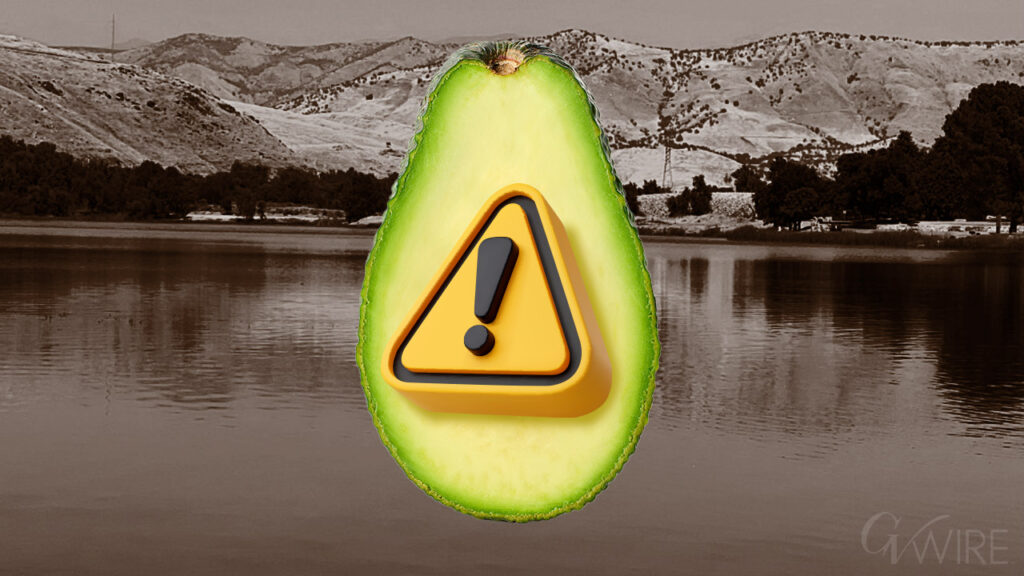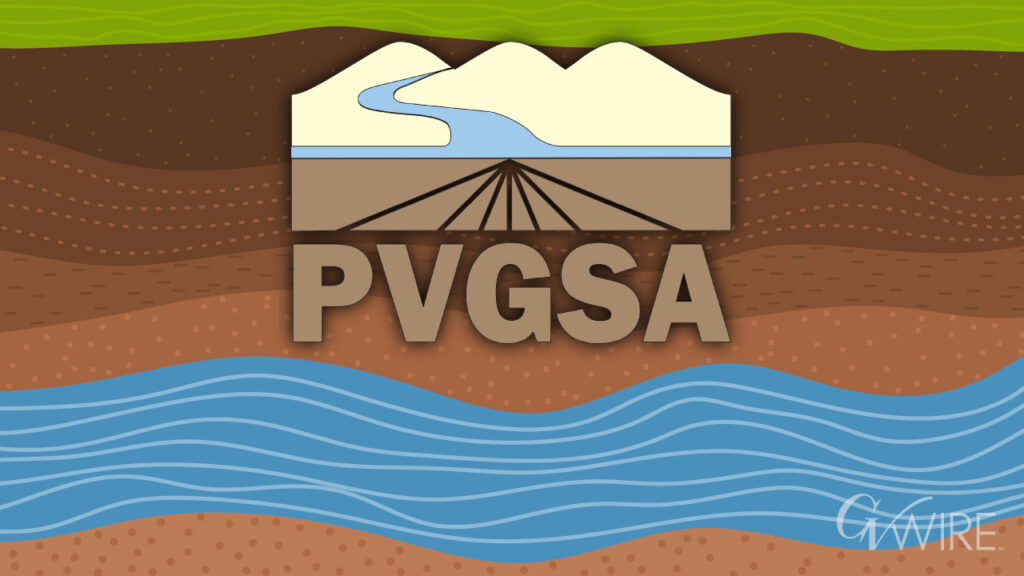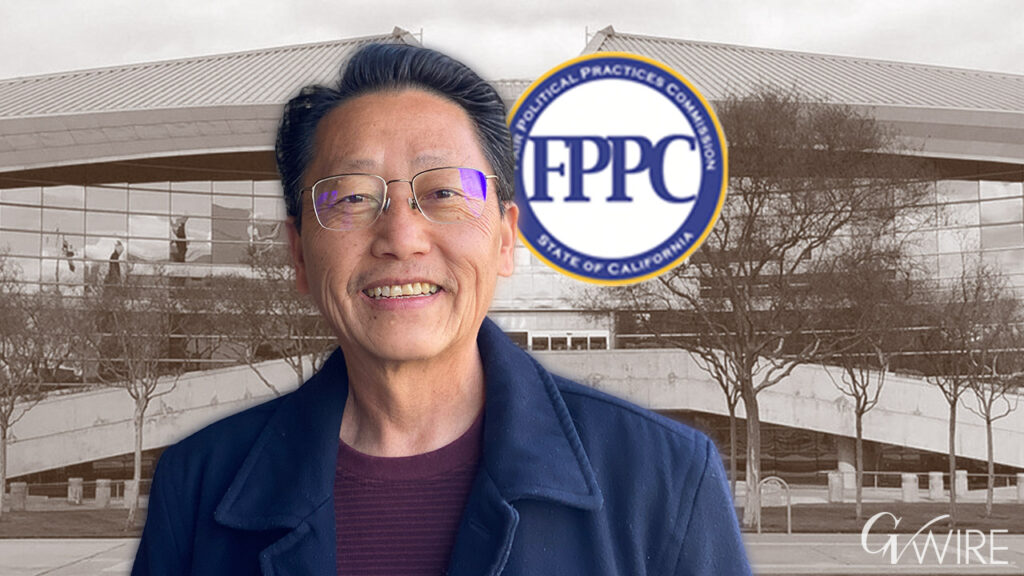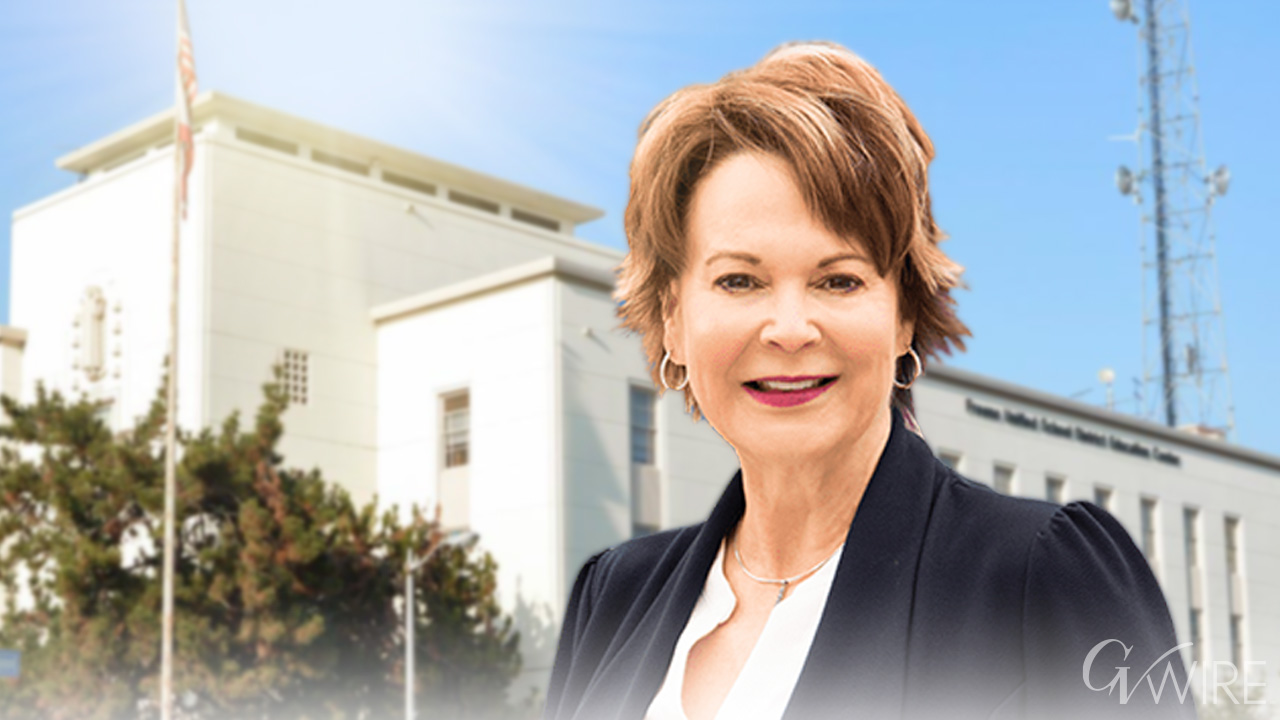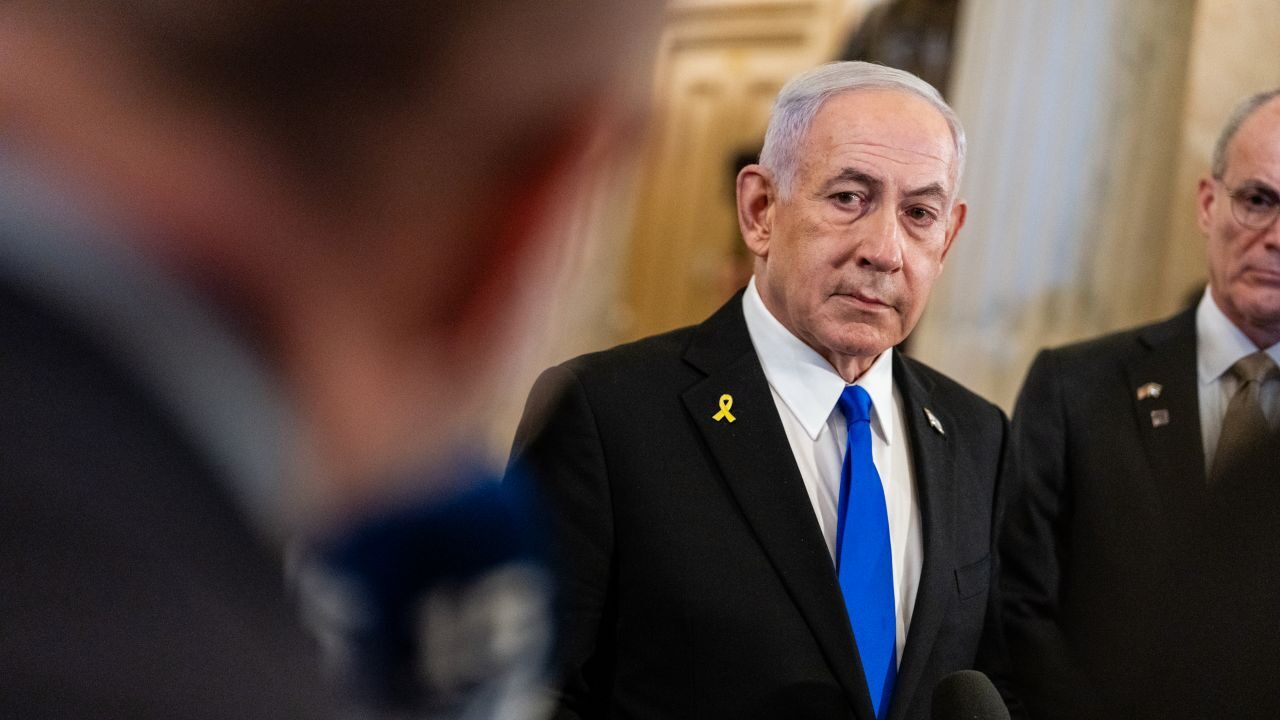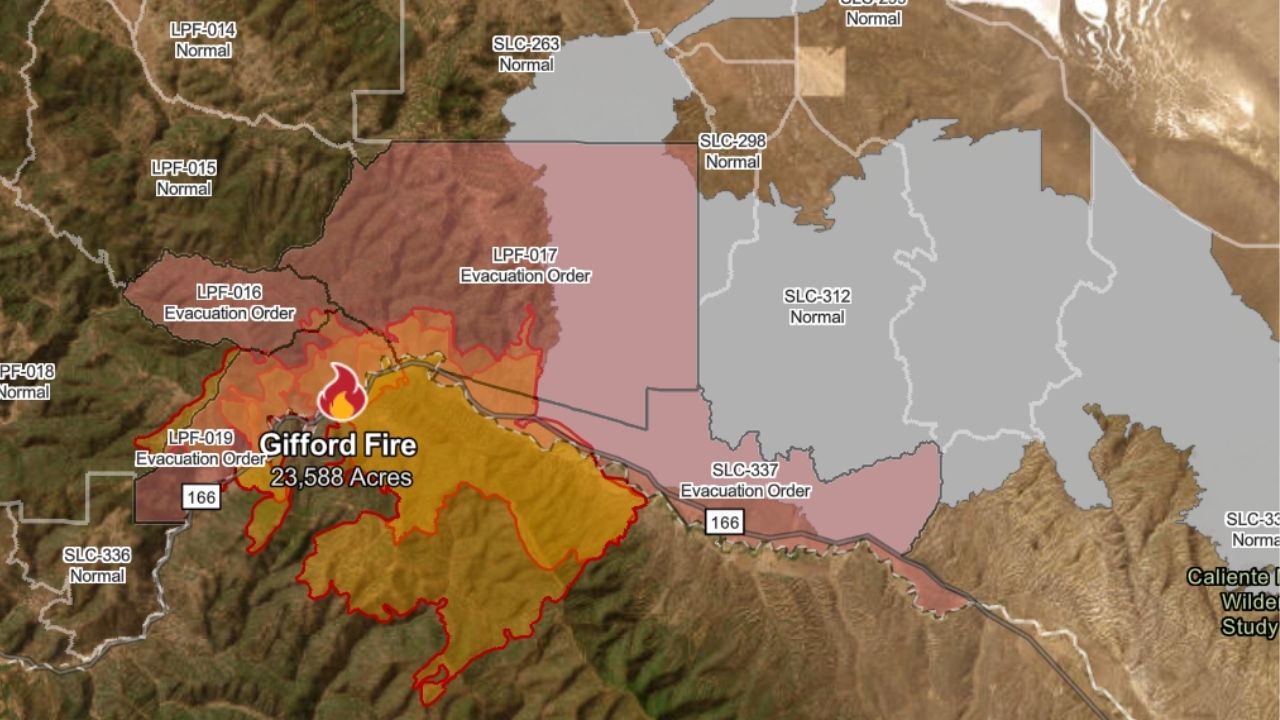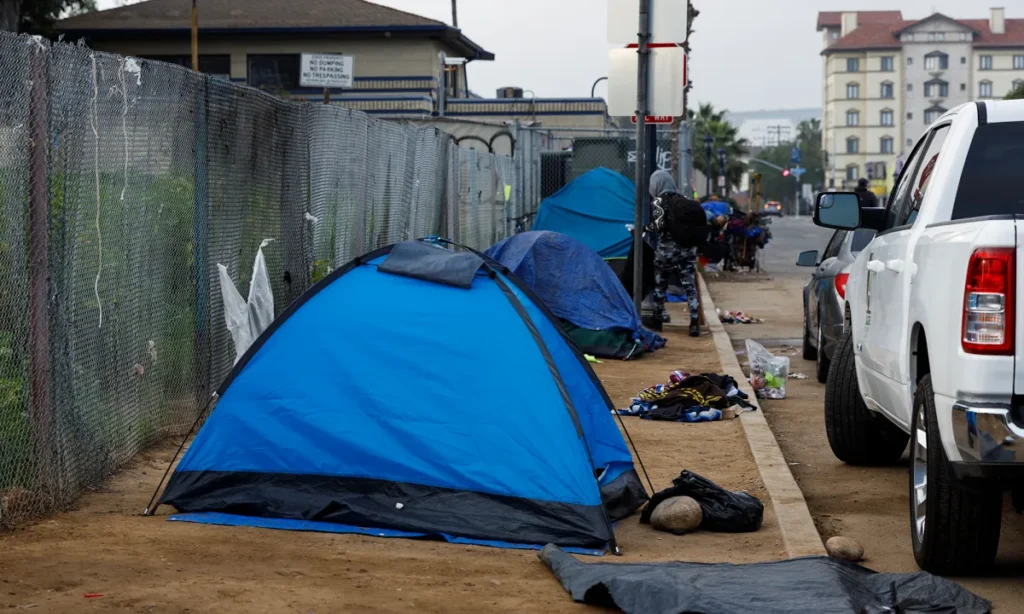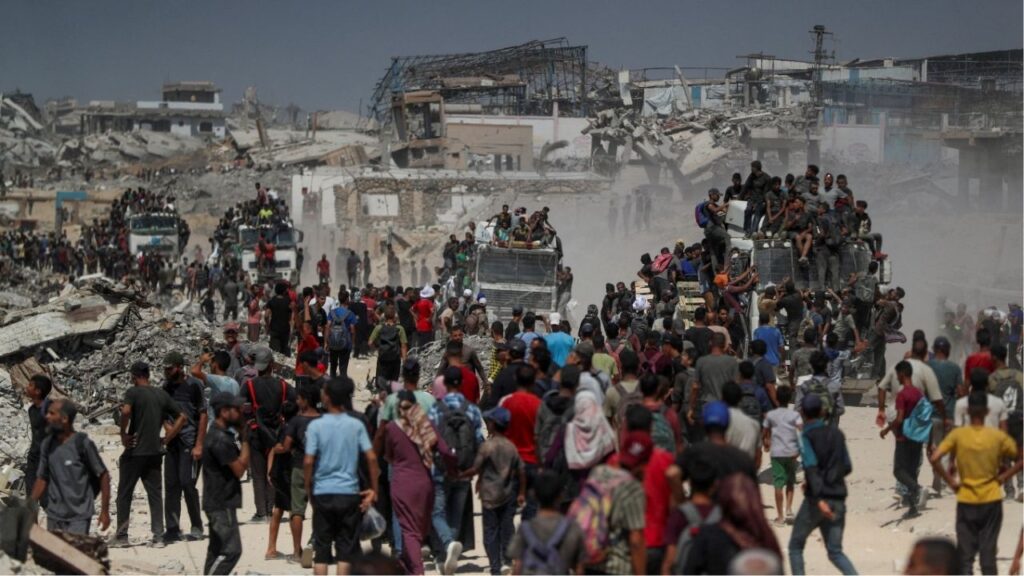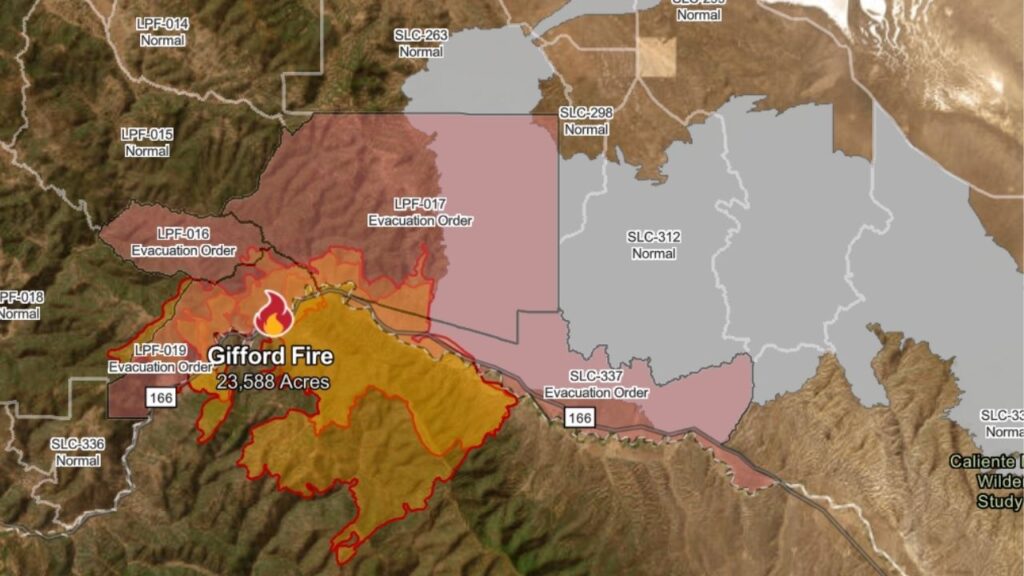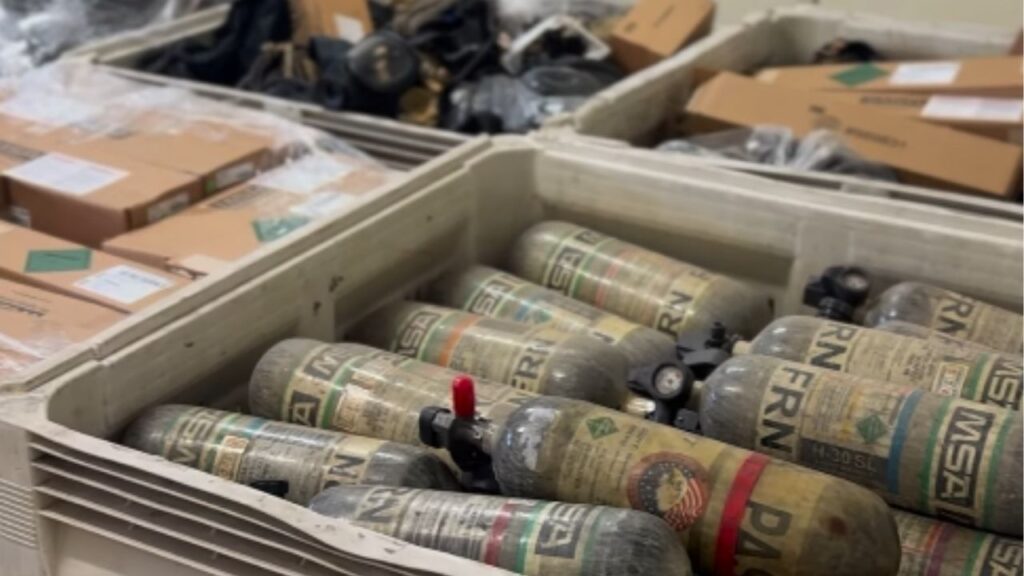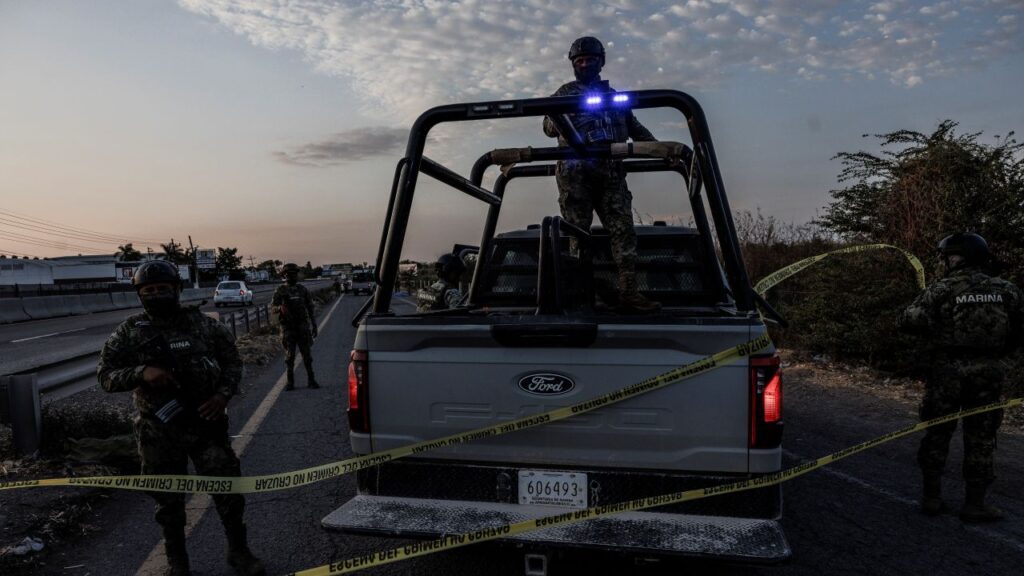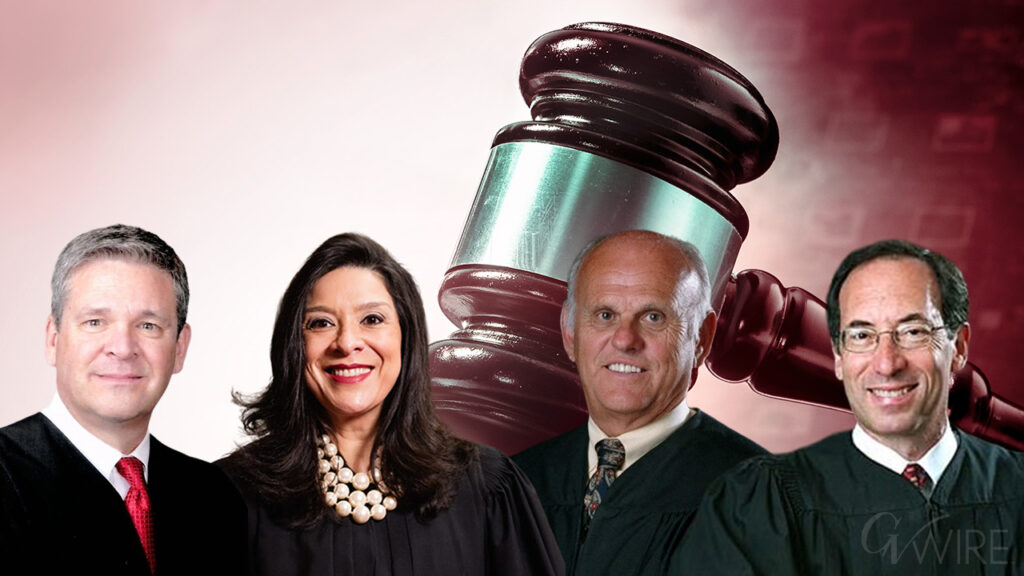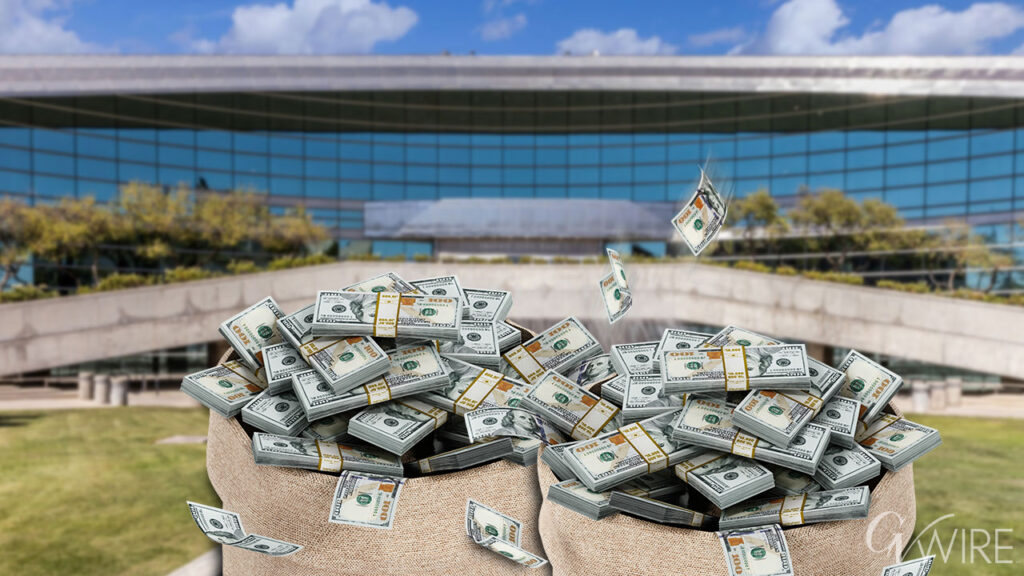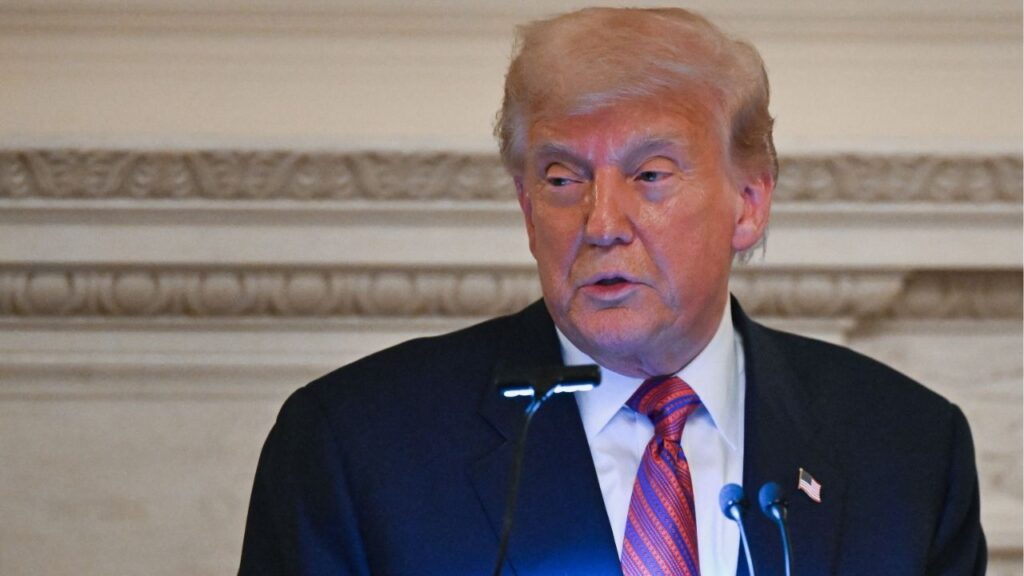[location-weather id="102511"]
Trending
India Will Buy Russian Oil Despite Trump’s Threats, Officials Say
World /
12 hours ago
Play Video
Latest
Videos

World /
12 hours ago
India Will Buy Russian Oil Despite Trump’s Threats, Officials Say

World /
14 hours ago
Trump Reaffirms Support for Morocco’s Sovereignty Over Western Sahara

Animals /
15 hours ago
Willow the Streetwise Poodle Mix Gets a Second Chance

Politics /
16 hours ago
Newsom Wants Voters to Weigh In on New Congressional Districts in November

U.S. /
16 hours ago
Kia America Recalls 201,149 US Telluride Vehicles

U.S. /
16 hours ago
US Reviewing Visa Denial for Venezuelan Little League Players, State Department Says
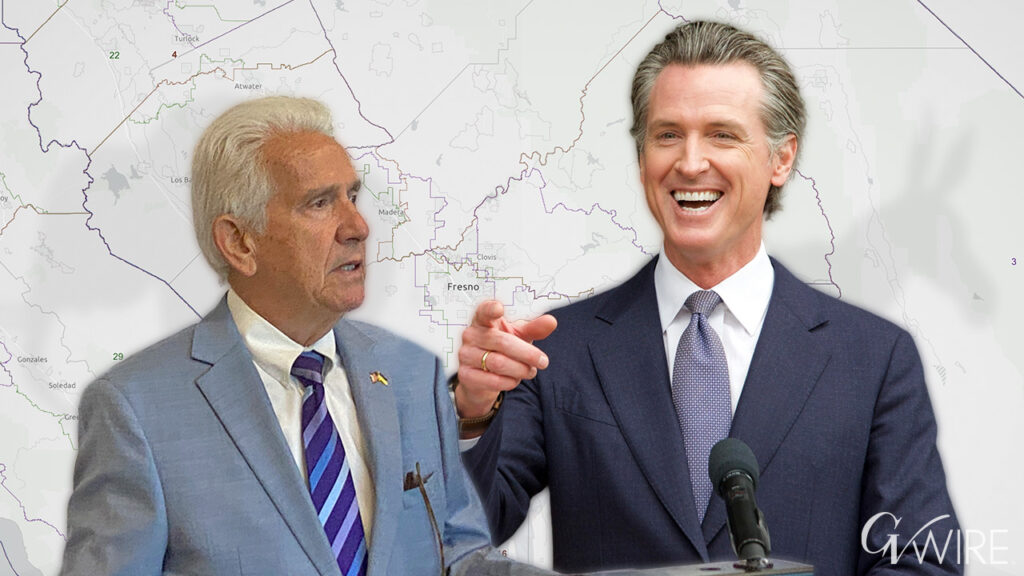
Politics /
3 days ago
If Texas Gerrymanders Its House Districts, Costa Says California Must Follow Suit
Central Valley

Crime /
2 days ago
Valley Crime Stoppers’ Most Wanted Person of the Day: Scott Oscar Whitehead
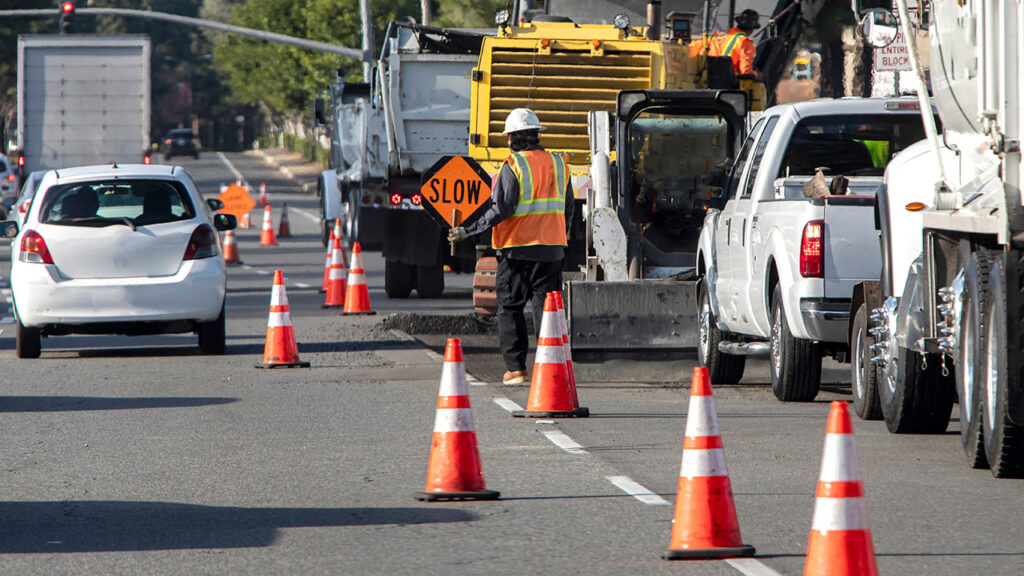
Local /
2 days ago
Visalia Road Project to Temporarily Shut Down Part of Caldwell Avenue
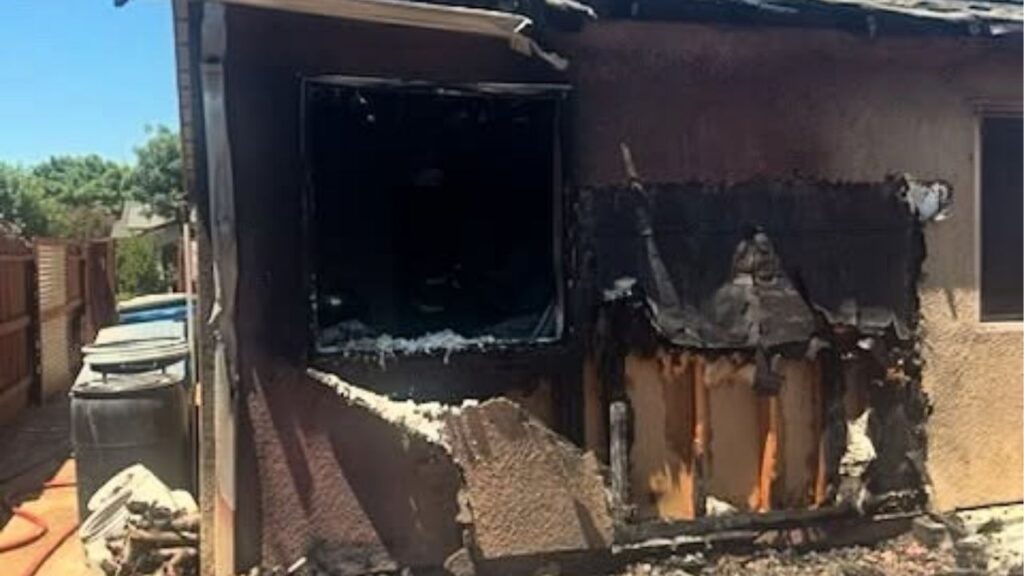
Local /
2 days ago
Fresno Fire Displaces Family of Three, Pets Rescued
Videos
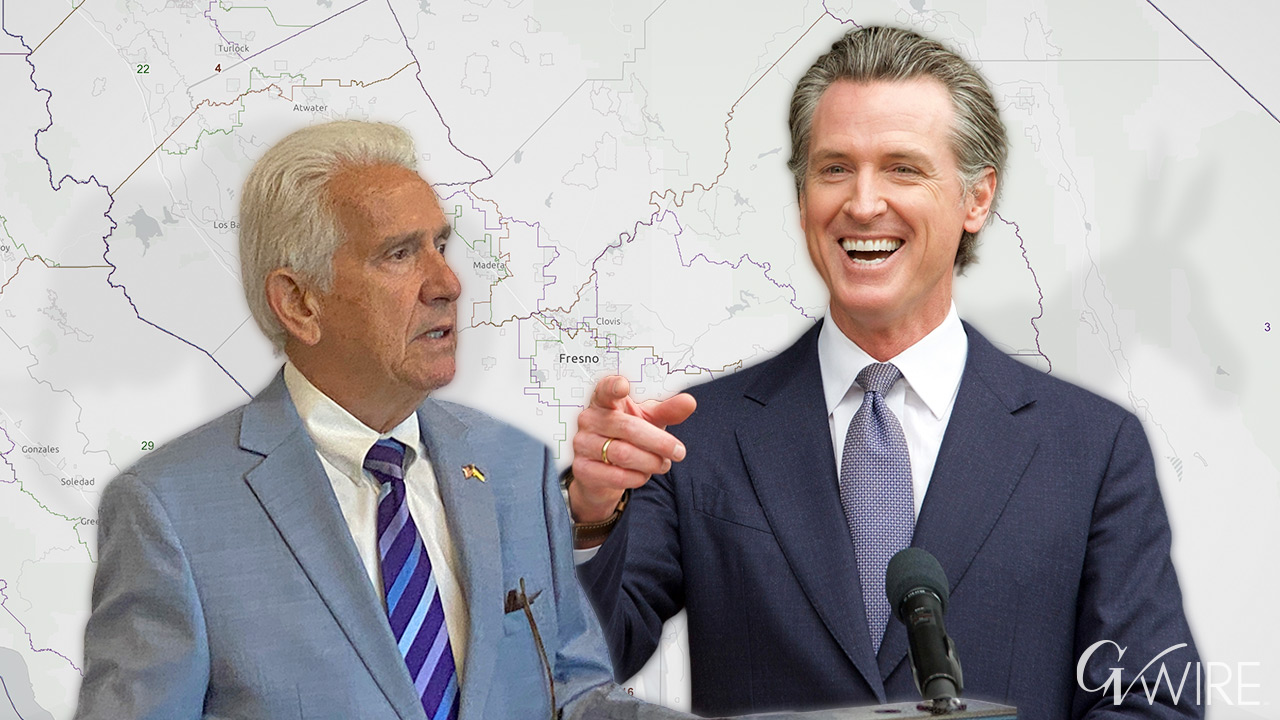
Politics /
3 days ago
If Texas Gerrymanders Its House Districts, Costa Says California Must Follow Suit
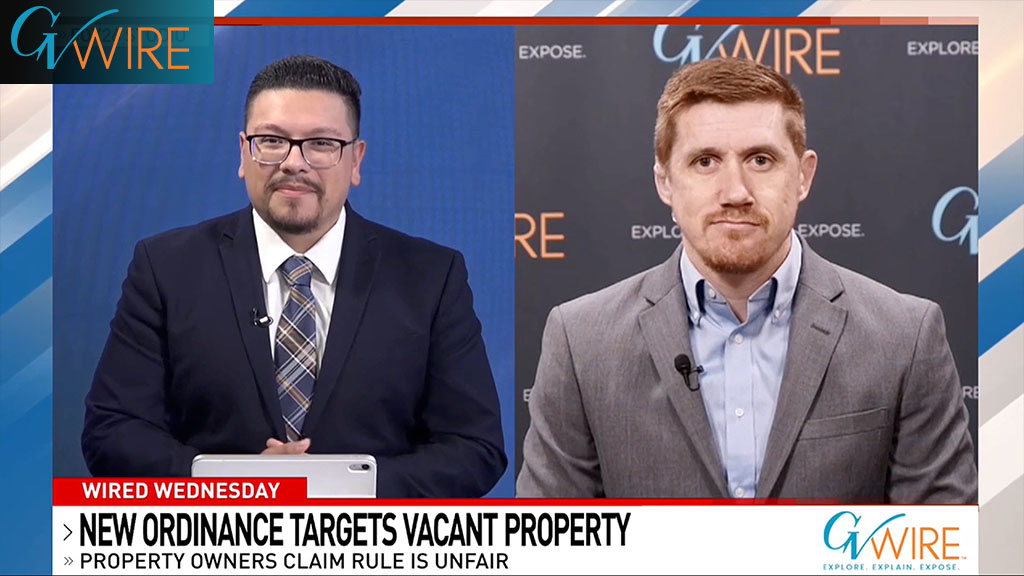
Video /
3 days ago
Wired Wednesday: New Fresno Ordinance Targets Vacant Blighted Properties

Video /
6 days ago
Trump Says Many Are Starving in Gaza, Vows to Set up Food Centers
Education
Commentary
Commentary
Featured
Analysis /
17 hours ago
Corruption Scandal Puts Mexico’s President on Defense Against Trump
Two former officials are on the run, accused of secretly leading a criminal group. Their old boss, now a powerful senator in the president’s...
Sports
showcase
No data was found

U.S. /
16 hours ago
US Reviewing Visa Denial for Venezuelan Little League Players, State Department Says

Sports /
5 days ago
Scottie Scheffler vs. Everybody: Open Champion Makes His Case Among the Greats

Sports /
5 days ago
More Than 100 NFL Players and Club Employees Face Fines for Selling Super Bowl Tickets

Sports /
5 days ago
Venezuelan Little League Team Denied Entry to US Over Travel Ban
Around the state
Featured
Politics /
16 hours ago
Newsom Wants Voters to Weigh In on New Congressional Districts in November
This story was originally published by CalMatters. Sign up for their newsletters.
Gov. Gavin Newsom is eyeing a special election in the firs...
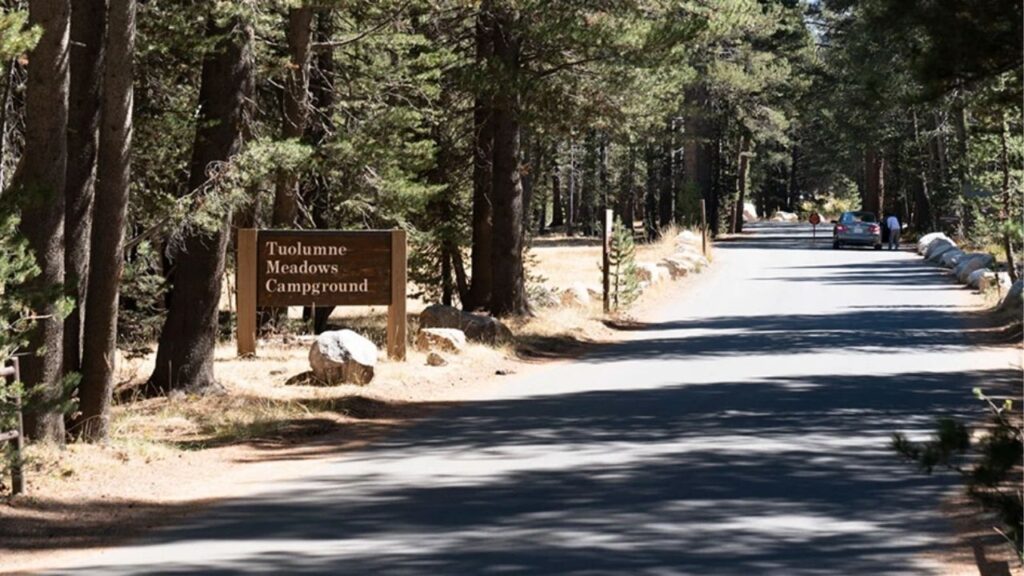
Featured /
3 days ago
Yosemite’s Largest Campground Reopens Friday After $26.2 Million Renovation

U.S. /
4 days ago
California Under Tsunami Advisory After Magnitude 8.7 Earthquake
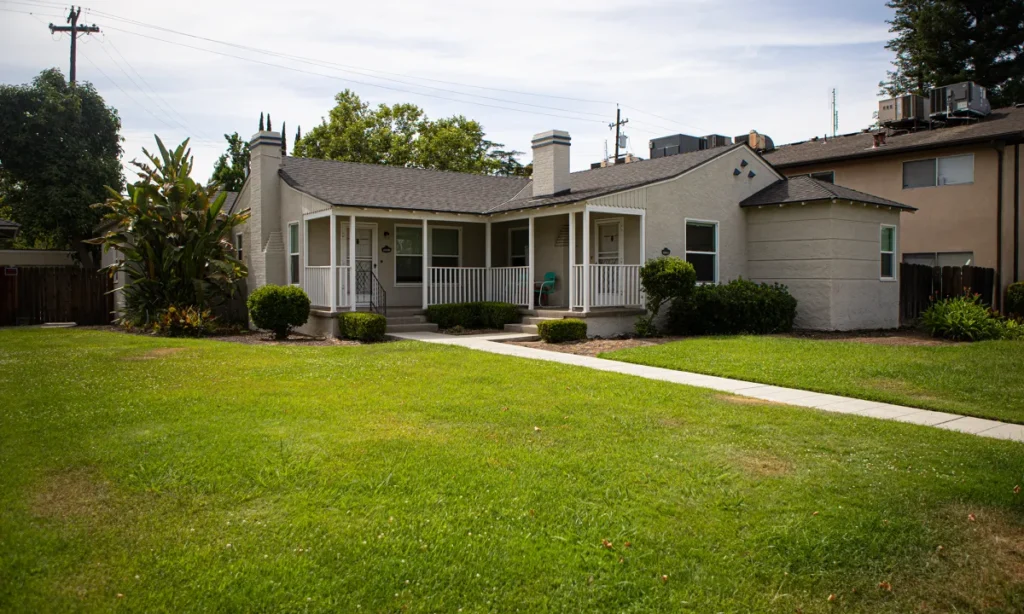
Housing /
4 days ago
What’s Behind California’s Frozen Housing Market?
Global View
India Will Buy Russian Oil Despite Trump’s Threats, Officials Say
World /
12 hours ago
Trump Reaffirms Support for Morocco’s Sovereignty Over Western Sahara
World /
14 hours ago
US Reviewing Visa Denial for Venezuelan Little League Players, State Department Says
U.S. /
16 hours ago
Hamas Says It Won’t Disarm Unless Independent Palestinian State Established
World /
16 hours ago
Corruption Scandal Puts Mexico’s President on Defense Against Trump
Analysis /
17 hours ago
Trump Eyes Bringing Azerbaijan, Central Asian Nations Into Abraham Accords, Sources Say
World /
2 days ago
Trump Orders Nuclear Submarines Moved Near Russia
World /
2 days ago
Trump Escalates Trade War With Canada Following Palestine Stance
World /
2 days ago
MORE NEWS
Entertainment

News /
2 days ago
Corporation for Public Broadcasting to Close After Funding Cut, in Blow to Local Media

Courts /
5 days ago
Sean ‘Diddy’ Combs Seeks Release on $50-Million Bond Ahead of Sentencing
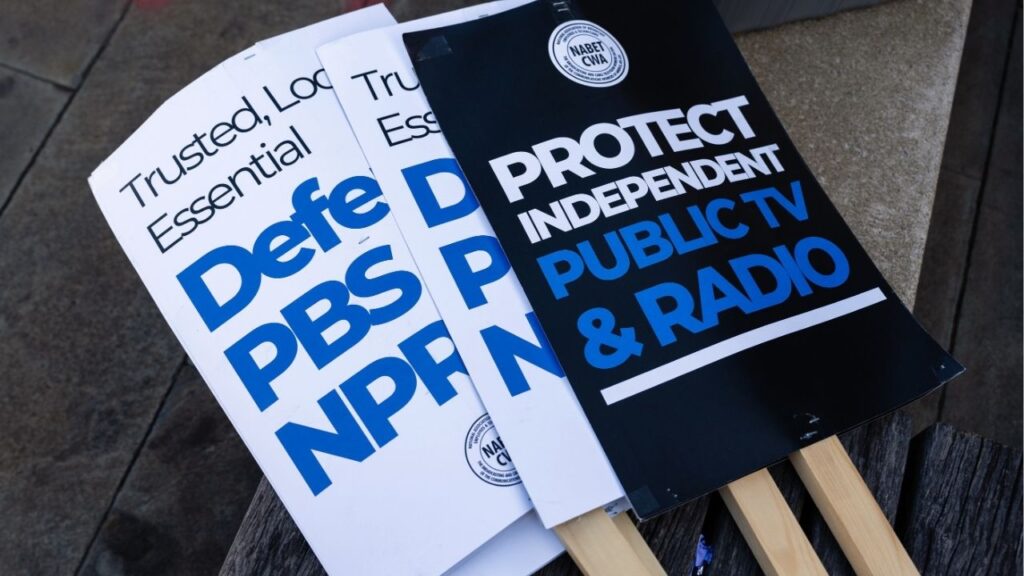
Opinion /
1 week ago
PBS Has a Future by Leaving the Past Behind: Opinion

Local /
1 week ago


